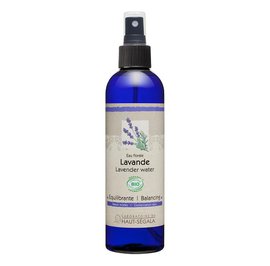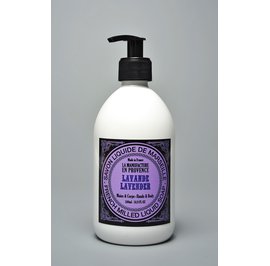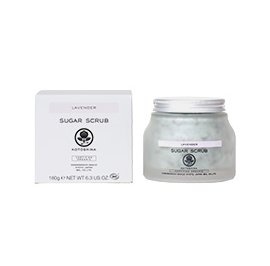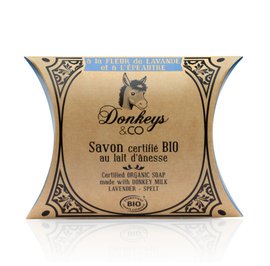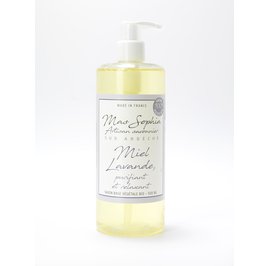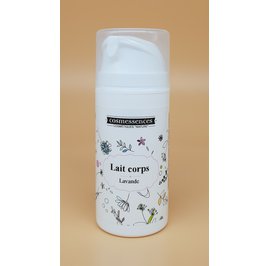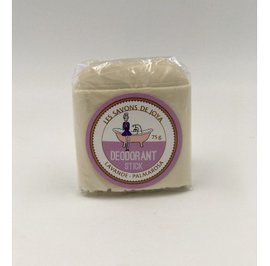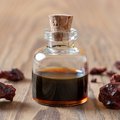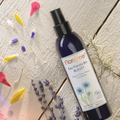Lavender has been cherished for centuries for its fragrance and healing properties. With Cosmébio being located in a region where the lavender fields flourish, we get to appreciate its flowering beauty every summer!
Lavender a staple in cosmetics, especially in natural and organic skincare products, but there's more to this plant than meets the eye. In this article, we’ll delve into the origins of lavender, explore its benefits, and highlight its various uses in organic cosmetics.
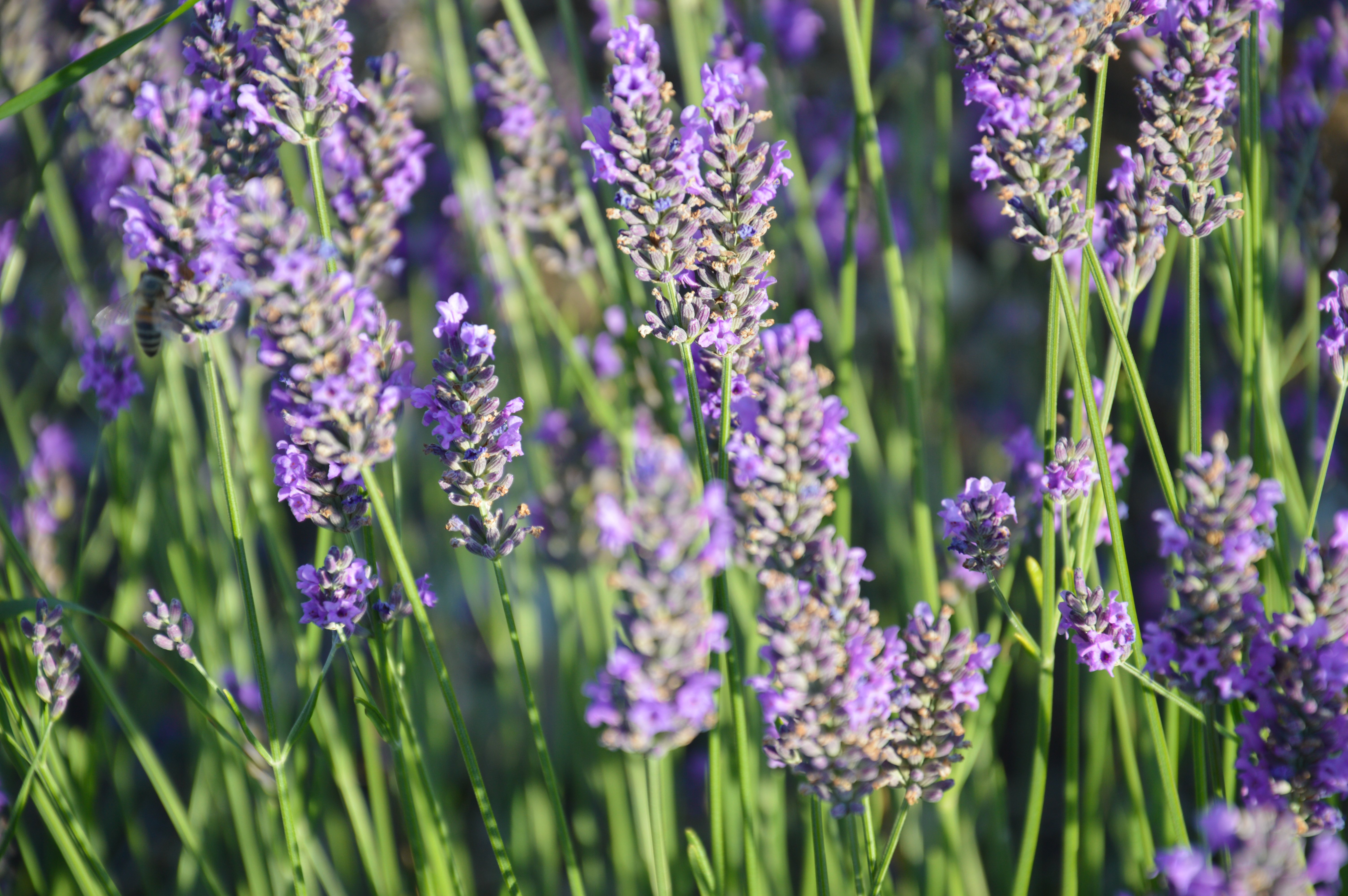
Lavender's history and origin
Lavender has been celebrated for its fragrance and virtues since ancient times. Pliny the Elder, a first-century naturalist, referred to it as a "precious plant." Even in ancient Rome, Lavandula Stoechas was used in powdered or oil form.
The Greeks and Romans called lavender "Nard" and used it both to combat unpleasant odors and as an antiseptic.
It was during the Middle Ages that lavender acquired the name we know today. Derived from the Latin verb lavare, meaning "to wash," it emphasizes its primary use at the time: cleansing.
Some varieties of lavender, such as lavender vera, were highly valued and sold at higher prices due to their use in expensive perfumes.
Interestingly, the lavender varieties of the past were used for very different purposes compared to how we use lavender in cosmetics today.
Lavender and Its Benefits in Organic Cosmetics Today
While lavender is primarily known for its fragrance, it offers a multitude of benefits for our hair and skin...and even more!
Lavender for Shiny Silky Hair:
Today, lavender's use in organic cosmetics is quite varied and differs significantly from its ancient applications. For instance, while it was primarily used for medicinal purposes in antiquity, lavender is now commonly used to soften and add shine to hair. It's also a natural remedy for lice and moths.
Lavender for Beautiful Skin:
As our understanding of this plant has evolved, we now know that lavender helps soften and deeply cleanse the skin. Its properties are particularly beneficial for oily skin, as it helps reduce excess sebum. Lavender florale water, for example, can also be used as a toner.
Furthermore, lavender offers additional skin benefits, helping to combat wrinkles, redness, and imperfections. It’s effective in tightening pores and healing the skin. With its antiseptic and antifungal qualities, lavender is a powerful ally in addressing skin issues.
A Bonus Benefit of Lavender:
Lavender is also effective in addressing sleep problems, stress, and anxiety, and it serves as an excellent muscle relaxant when integrated into a massage oil.
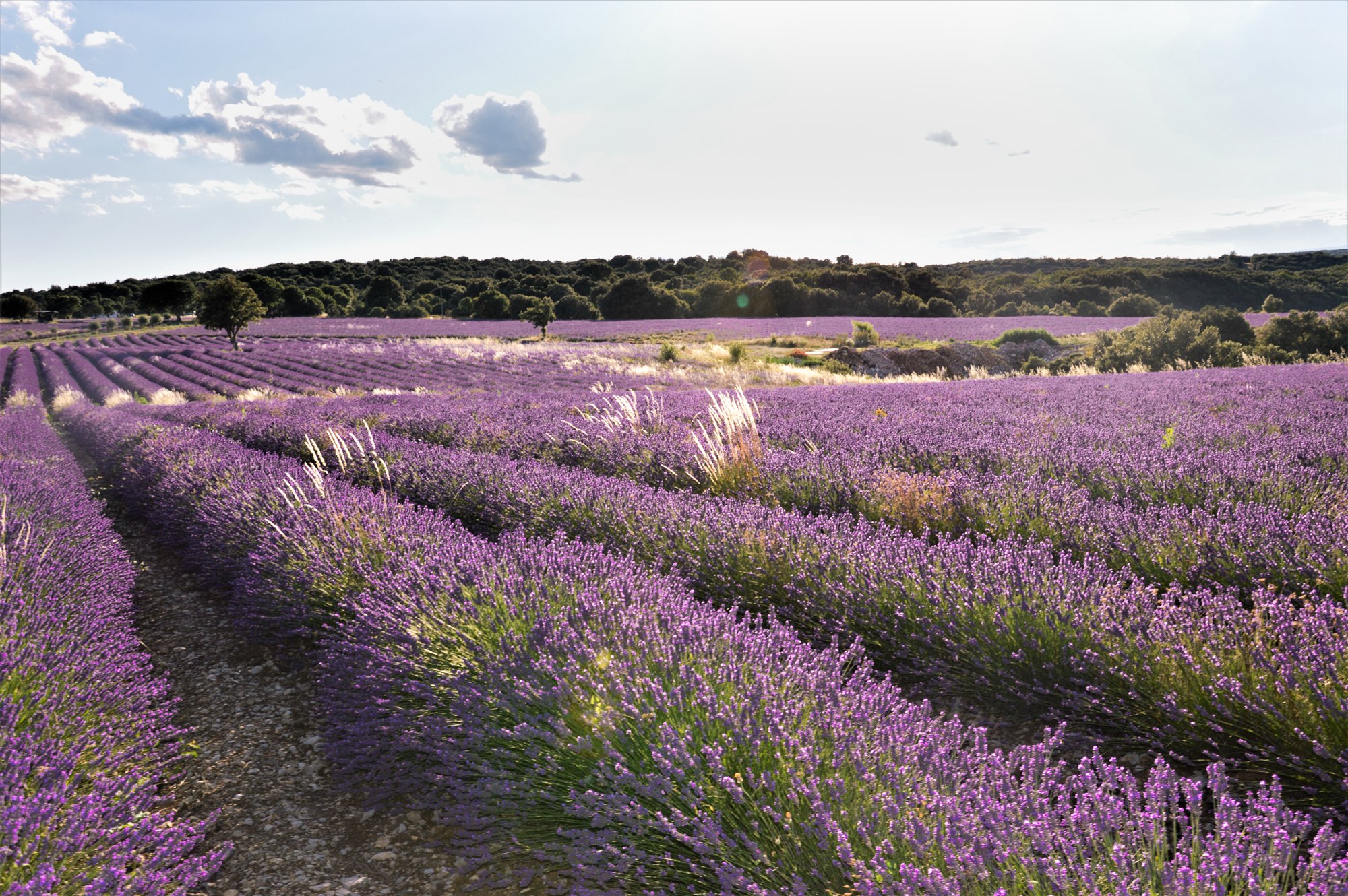
What Types of Organic Beauty Products Use Lavender?
In the Organic Cosmetics industry, lavender is widely used for its beneficial properties and delightful aroma. You’ll find lavender in various certified organic products labelled Cosmébio.
The lavender flower is commonly distilled and the resulting products are used as
- essential oils,
- hydrolates,
- or its hydrolate in toners or micellaire waters.
Lavender is also frequently used in soaps, balms, shampoos, body lotions, face creams...
Additionally, there are masks and exfoliants that incorporate lavender florale water for its calming properties.
How Is Lavender Harvested and Processed?
Lavender is harvested when the flowers start to fade, typically between late June and mid August, depending on the weather. Climate change and raising temperatures could be a factor as to why harvest is happening earlier and earlier. The harvest takes place in the morning when the bees are less active and not yet fully awake.
The ideal conditions for harvesting are dry and sunny weather. Harvesting can be done mechanically using a tractor equipped with a harvesting machine that cuts and collects the lavender as it moves between the rows.
Traditional harvesting, however, is done by hand with a sickle. We spoke with Yves and Pascale, the owners of "Mas Sophia," who use this traditional method to harvest their lavender.
Brand Spotlight : Mas Sophia and Traditional Lavender Harvesting
When only one or two florets remain on the lavender spike, it’s time for the harvest! At Mas Sophia, you’ll find Lavandin Grosso, a hybrid species of lavender that thrives at low altitudes.
The harvest begins early in the morning, while the bees are still asleep, to avoid getting stung and to not bother our pollinating friends. As Pascale told us, "The more you get stung, the more allergic you become." It’s best to avoid harvesting in the heat of the afternoon, when the sun is at its peak, and the buzzing of bees drowns out the sound of cicadas. Gloves are essential to protect your hands, especially when using a sickle.
The sickle is a traditional tool used for lavender harvesting. Its curved blade allows you to gather the flowers into a bundle and cut them in one swift motion. For larger plants, it may take up to three cuts to remove all the flowers.
It usually takes two people about five hours to completely harvest a parcel of lavender. Using the sickle, they cut the flowers just above the green part of the stem, avoiding the wood. The flowers are then gathered into piles on the cut plants.
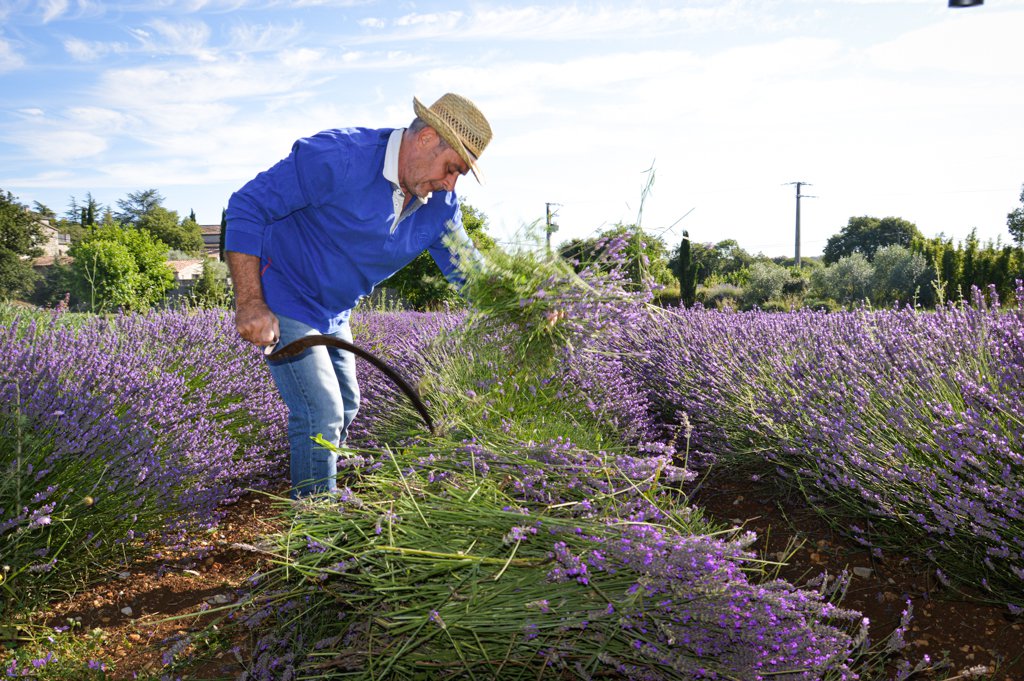
Ready to experience for yourself the benefits of lavender? Check out some certified products here:

